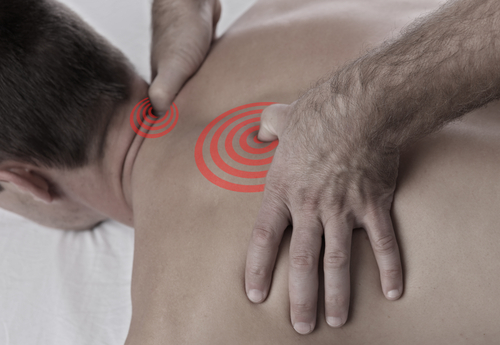If you’re checking into physical therapy to help you treat an injury, you may have run across references to a therapy called active release. However, you may still be wondering what the science is behind active release technique Luckily, there’s a physical therapy team that may be able to help you find the answers you’re looking for.
At SOL Physical Therapy, our team has been helping people in Oakland, California find the physical therapy they need since 1997. One lesson our team has learned during that time is personalized therapy is generally more effective. This is why our team will go through several steps to build you a personalized therapy plan that fits your needs. First, we’ll perform a physical evaluation to determine exactly what your issues are. Next, we’ll take some time to listen to any questions, concerns or goals you have for your therapy. Finally, we’ll use all this information to build you a personalized therapy plan to treat your injury or medical condition, and this plan may benefit from the science behind active release therapy.
What exactly is the science behind active release technique
Our SOL Physical Therapy team is familiar with the science behind active release technique. In fact, our team is one of the most experienced in the country when it comes to this therapy.
Active release is a form of soft-tissue mobilization that focuses on helping therapists heal muscle injuries. Muscles are made up of tiny strands of tissue that run parallel to each other, and this arrangement allows the strands to slide past each other as your muscles are used. However, damage to your muscles may cause tears that may become filled with fibrous deposits that are known as adhesions or scar tissue. This scar tissue is problematic because it may limit your muscle’s ability to move normally. In fact, the binding effect of scar tissue may cause inflammation and pain in your damaged muscle.
Using the more than 500 movements associated with active release therapy, our therapists may be able to help you break down the adhesions binding up your muscle. In fact, this form of therapy may provide you with benefits such as:
- Reducing your levels of muscle pain
- Decreasing the amount of inflammation you experience
- Improving the mobility of your muscles
- Reducing the time it takes for you to heal
Thanks to the science behind active release therapy, our team may be able to help you deal with muscle injuries more effectively. In fact, we’re ready to begin helping you as soon as possible. There’s only one step you’ll need to take to get our help.
Contact our team today for more information or to schedule an initial appointment.


